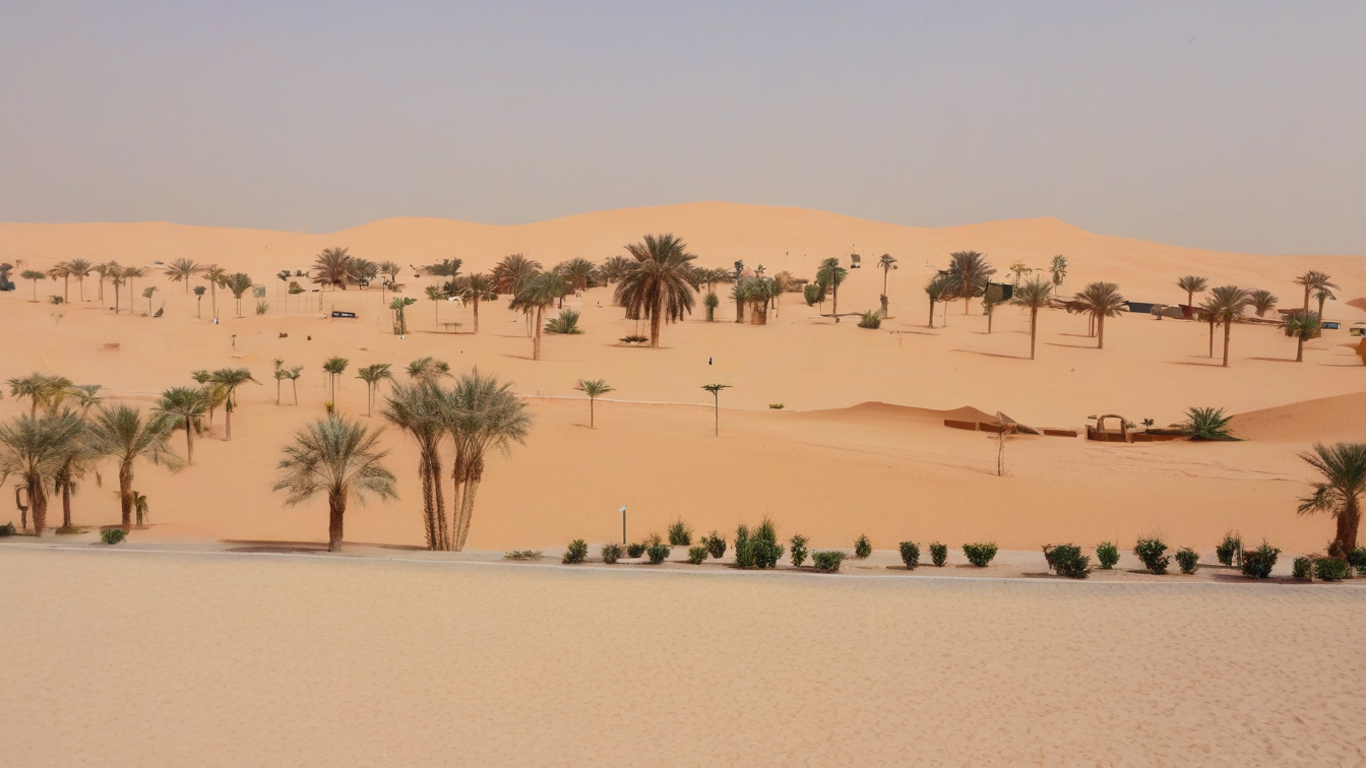 Parks
Parks
Sharjah Desert Park: Your Ultimate Guide to UAE's Premier Wildlife Sanctuary
Picture yourself standing face-to-face with an Arabian leopard, watching oryx graze in their natural habitat, or witnessing your children's eyes light up as they feed gentle camels in a desert oasis. Welcome to Sharjah Desert Park, where the magic of Arabian wildlife comes alive in one of the UAE's most extraordinary conservation success stories.
In a world where concrete jungles often overshadow natural wonders, Sharjah Desert Park stands as a beacon of hope and education. More than just a typical zoo or attraction, this remarkable destination has been transforming lives and perspectives since 1995, offering visitors an authentic glimpse into the Arabian Peninsula's incredible biodiversity while championing conservation efforts that protect endangered species for future generations.
The Story Behind Sharjah Desert Park: A Conservation Legacy
The journey of Sharjah Desert Park sharjah began in 1995 when it was established as a conservation center in the pristine Seih Al-Masmout Reserve. What started as a dedicated effort to protect the region's endangered flora and fauna has evolved into one of the UAE's most significant wildlife sanctuaries and educational centers.
The vision behind sharjah desert park was revolutionary for its time. Rather than simply displaying animals in artificial environments, the park's founders committed to creating authentic habitats where Arabian wildlife could thrive while serving as ambassadors for their species. This philosophy transformed the 28-kilometer site along Al Dhaid Road into a living laboratory where conservation meets education and wonder meets learning.
Did You Know? Sharjah Desert Park was inaugurated in 1999 by His Highness Sheikh Dr Sultan bin Mohammed Al Qasimi, the Ruler of Sharjah, making it the first learning center established in a protected nature reserve in the UAE. This groundbreaking initiative set new standards for wildlife conservation across the Middle East.
The park's establishment marked a turning point in regional conservation efforts. At a time when rapid development threatened many native species, Sharjah Desert Park became a sanctuary where endangered animals could find refuge, breed safely, and educate visitors about the importance of preserving Arabian biodiversity. Today, it stands as a testament to the UAE's commitment to environmental stewardship and sustainable tourism.
Exploring the Four Magnificent Venues of Sharjah Desert Park
What makes sharjah desert park review consistently positive is the thoughtful design that divides the experience into four distinct yet interconnected venues. Each area offers unique perspectives on Arabian wildlife and environmental conservation, ensuring that every visitor finds something that captivates their imagination.
Arabia's Wildlife Centre: Where Desert Legends Come to Life
The crown jewel of Sharjah Desert Park is undoubtedly Arabia's Wildlife Centre, the UAE's only zoo where Arabian wildlife lives in their natural habitats. As you enter this remarkable facility, you're not just observing animals – you're stepping into their world.
The Wildlife Centre houses some of the Arabian Peninsula's most magnificent and endangered species. The Arabian leopard, with its distinctive spotted coat and piercing gaze, represents one of the park's greatest conservation achievements. These majestic cats, once on the brink of extinction, now have a fighting chance thanks to the breeding programs initiated at sharjah desert park sharjah.
The park's oryx population tells another inspiring conservation story. These elegant antelopes, perfectly adapted to desert life with their striking horns and pale coats, roam freely in spacious enclosures that mirror their natural habitat. Watching them move gracefully across the sandy terrain, it's easy to understand why the oryx became the UAE's national animal.
Wildlife Highlights at Arabia's Wildlife Centre:
- Arabian Leopard: The region's apex predator, part of critical breeding programs
- Arabian Oryx: UAE's national animal, successfully saved from extinction
- Sand Cat: Perfectly adapted to desert life, rarely seen in the wild
- Fennec Fox: The world's smallest fox with oversized ears for desert survival
- Egyptian Fruit Bats: Important pollinators in desert ecosystems
- Arabian Cobra: Impressive serpents showcased in the Reptiles and Insect House
- Omani Blind Cavefish: Unique species adapted to underground water systems
The Reptiles and Insect House within the Wildlife Centre offers fascinating encounters with species indigenous to the Arabian desert. From the impressive Arabian Cobra to the saw-scaled vipers, these exhibits demonstrate the remarkable adaptations that allow life to thrive in harsh desert conditions. The displays are designed not just to showcase these creatures but to educate visitors about their crucial role in maintaining desert ecosystems.
Natural History Museum: A Journey Through Time and Space
The Natural History Museum at Sharjah Desert Park transforms learning into an adventure through time and space. This isn't your typical static museum – it's an interactive journey that brings the story of our planet and the Arabian Peninsula to life through engaging exhibits and cutting-edge displays.
The museum's five major exhibition halls each tell a different chapter of the Earth's story. "A Journey Through Time" takes visitors from the Big Bang to the present day, featuring authentic fossils, meteorites, and geological specimens that illustrate the planet's evolution. The highlight of this section is a real dinosaur thigh bone fossil, offering tangible proof of the ancient creatures that once roamed our planet.
"Discover Sharjah" showcases the emirate's diverse habitats, from the East Coast's coral reefs to the Western Desert's sand dunes. Interactive displays and aerial photographs show how Sharjah has evolved from 1935 to the present day, illustrating both natural processes and human development.
The "Desert Life" section particularly resonates with visitors to sharjah desert park, as it demonstrates how life adapts to survive in some of Earth's harshest conditions. Detailed models and scientific explanations show how plants and animals have evolved specialized features to thrive in the desert, from water conservation mechanisms to heat tolerance strategies.
Children's Farm: Where Wonder Meets Learning
For families visiting Sharjah Desert Park, the Children's Farm represents pure magic. Established in 1997 by the Environment and Protected Areas Authority, this interactive space was designed with a specific mission: to develop environmental consciousness and cultural literacy among young minds.
The farm's philosophy centers on hands-on learning experiences that create lasting connections between children and animals. In the outdoor areas, children can interact directly with friendly farm animals under expert supervision. Arabian horses, with their proud bearing and gentle nature, often become instant favorites among young visitors. The experience of feeding and petting these magnificent animals creates memories that last a lifetime.
Camels at the Children's Farm offer another unique interaction opportunity. These ships of the desert, so integral to Bedouin culture and Arabian heritage, allow children to understand the historical relationship between humans and animals in desert environments. The farm also houses cows, goats, sheep, and various poultry including chickens, mallards, and even peacocks.
The indoor section of the Children's Farm features a specialized library with age-appropriate books about animals and environmental conservation. Children can also watch educational films and documentaries that reinforce the lessons learned through direct animal interaction. This thoughtful combination of experiential and educational learning makes the sharjah desert park review particularly positive among educators and parents.
Sharjah Botanical Museum and Islamic Garden: Where Faith Meets Nature
The Sharjah Botanical Museum, which opened in 2008, represents the first facility of its kind in the Arabian Peninsula. This innovative space explores the timeline of plant evolution and adaptation, showing how vegetation has become an essential component of our planet's ecosystems.
The Islamic Garden, opened in 2014, holds special significance as the first garden of its kind in the Middle East. This unique space features 44 species of plants mentioned in the Holy Quran and Prophet Muhammad's Sunnah, including kutum, lemon, aloes, and henna. Interactive touchscreen displays and informational cards help visitors understand the religious, cultural, and medicinal significance of these plants in Islamic tradition.
Walking through the Islamic Garden at Sharjah Desert Park offers a contemplative experience that connects visitors with centuries of Islamic botanical knowledge. Each plant tells a story of faith, healing, and human ingenuity in utilizing nature's bounty for spiritual and physical well-being.
Planning Your Visit: Essential Information for Sharjah Desert Park
Operating Hours and Best Times to Visit
Understanding when to visit sharjah desert park can significantly enhance your experience. The park operates on a carefully planned schedule designed to accommodate both local and international visitors while ensuring animal welfare during the hottest parts of the day.
Sharjah Desert Park Operating Hours:
- Sunday to Monday: 9:00 AM to 5:30 PM
- Wednesday to Thursday: 9:00 AM to 5:30 PM
- Friday: 2:00 PM to 5:30 PM
- Saturday: 11:00 AM to 5:30 PM
- Tuesday: Closed for maintenance and animal care
The optimal time to experience Sharjah Desert Park is during the cooler months from December to February. During this period, the pleasant weather allows for comfortable exploration of the park's extensive outdoor areas. The winter season also coincides with increased animal activity, as many species are more active during cooler temperatures.
For the best experience within any given day, plan to arrive shortly after opening. Early morning visits offer several advantages: cooler temperatures, fewer crowds, and more active animals. Most wildlife tends to be more engaged during the morning hours, making it an ideal time for photography and observation.
Ticket Prices and Value
One of the most appealing aspects mentioned in every sharjah desert park review is the exceptional value offered by the admission pricing. The park's affordable entry fees make it accessible to families, students, and budget-conscious travelers.
Sharjah Desert Park Entry Fees:
• Adults and children 12+ years: AED 15
• Children under 12 years: Free admission
• Family groups: AED 30
• The single ticket provides access to all four venues within the park
The comprehensive nature of the admission ticket represents outstanding value. For a single fee, visitors gain access to Arabia's Wildlife Centre, the Natural History Museum, the Children's Farm, and the Botanical Museum. This inclusive approach ensures that families can explore all attractions without worrying about additional costs, making sharjah desert park one of the most budget-friendly educational attractions in the UAE.
Location and Transportation
Sharjah Desert Park is strategically located along Al Dhaid Road (E88) at Interchange 9, approximately 28 kilometers from Sharjah city center and 17 minutes from Sharjah International Airport. This accessible location makes it convenient for both local residents and international tourists to include the park in their UAE itinerary.
For visitors traveling by car, the park offers ample parking facilities and clear signage from major highways. The drive from Dubai takes approximately 45 minutes, making it an excellent day trip destination for those staying in the UAE's most populous city. From Abu Dhabi, the journey takes about 90 minutes, still manageable for dedicated wildlife enthusiasts.
Public transportation options include bus routes E311 and E400, though these require connections and taxi rides for the final portion of the journey. For the most convenient experience, most visitors choose to drive or arrange private transportation to sharjah desert park sharjah.
What Makes Sharjah Desert Park Special: Conservation Success Stories
Beyond its role as a tourist attraction, Sharjah Desert Park serves as a crucial conservation center actively working to protect endangered Arabian species. The Breeding Centre for Endangered Arabian Wildlife (BCEAW), established in 1998, operates behind the scenes to ensure the survival of species facing extinction.
The Arabian leopard breeding program represents one of the park's most significant conservation achievements. These magnificent cats, once widespread across the Arabian Peninsula, have faced severe population decline due to habitat loss and hunting. The breeding program at sharjah desert park has successfully produced several generations of healthy leopards, contributing to regional efforts to reestablish sustainable populations.
Similarly, the sand cat breeding program focuses on one of the desert's most elusive inhabitants. These small, perfectly adapted felines are rarely seen in the wild due to their nocturnal nature and specialized habitat requirements. The research conducted at the park has provided valuable insights into sand cat behavior and breeding patterns, information crucial for wild population conservation efforts.
The park's oryx conservation story represents a remarkable comeback tale. The Arabian oryx was once declared extinct in the wild, but dedicated conservation efforts, including breeding programs like those at Sharjah Desert Park, have successfully reintroduced these magnificent animals to their natural habitats across the Arabian Peninsula.
Educational Programs and Research Initiatives
Education forms the cornerstone of sharjah desert park's mission. The park offers comprehensive educational programs designed for different age groups and interests, from school field trips to specialized workshops for conservation professionals.
School programs at the park align with UAE educational curricula, providing students with hands-on learning experiences that complement classroom lessons about biology, ecology, and environmental science. These programs often include guided tours, interactive workshops, and direct animal encounters that create lasting impressions on young minds.
The park also hosts regular workshops and seminars for the general public, covering topics such as desert ecology, animal behavior, and conservation techniques. These educational initiatives have made sharjah desert park review consistently positive among educators who appreciate the park's commitment to spreading environmental awareness.
Research initiatives at the park contribute valuable data to global conservation efforts. Studies on animal behavior, breeding patterns, and habitat requirements conducted at Sharjah Desert Park have been published in international scientific journals, helping to advance our understanding of Arabian Peninsula biodiversity.
Visitor Experience: Tips for Maximizing Your Visit
To make the most of your sharjah desert park experience, plan to spend 4-5 hours exploring all four venues. This allows sufficient time to observe animals, read educational displays, participate in interactive exhibits, and enjoy the Children's Farm activities without feeling rushed.
Photography enthusiasts will find abundant opportunities throughout the park, though flash photography is prohibited in certain areas to avoid disturbing the animals. The early morning and late afternoon hours provide the best lighting conditions and most active animal behavior for capturing memorable images.
The park features several amenities to enhance visitor comfort, including a canteen near the botanical garden that serves refreshments and snacks. Wheelchair and stroller accessibility throughout the facility ensures that visitors of all abilities can enjoy the complete experience.
For international visitors, it's important to dress modestly when visiting sharjah desert park sharjah, respecting local cultural norms. Comfortable walking shoes are essential, as the park covers extensive grounds with varied terrain.
Nearby Attractions and Making a Day of It
While Sharjah Desert Park offers a full day of exploration, visitors might also consider nearby attractions to create a comprehensive Sharjah experience. The emirate offers numerous cultural and historical sites that complement the natural focus of the desert park.
The Sharjah Aquarium, located closer to the city center, provides an excellent contrast to the desert wildlife experience, showcasing marine life from the Arabian Gulf. The combination of terrestrial and aquatic wildlife experiences offers visitors a complete picture of regional biodiversity.
For those interested in Emirati culture and heritage, the nearby Mleiha Archaeological Centre provides insights into human history in the region, showing how people have lived alongside desert wildlife for thousands of years. This cultural context enhances appreciation for the conservation work being done at sharjah desert park.
Sustainable Tourism and Environmental Responsibility
Visiting Sharjah Desert Park represents more than just entertainment – it's an investment in conservation and environmental education. The park's sustainable tourism model ensures that visitor fees directly support animal care, habitat maintenance, and conservation research.
The park's commitment to environmental responsibility extends beyond animal care to include sustainable practices in facility management, waste reduction, and energy conservation. Solar panels power several facilities, while water conservation measures ensure minimal environmental impact in the desert setting.
By choosing to visit sharjah desert park, tourists become active participants in conservation efforts. Every admission fee contributes to the ongoing work of protecting endangered species and educating future generations about environmental stewardship.
Future Developments and Ongoing Improvements
The vision for Sharjah Desert Park continues to evolve, with ongoing improvements and expansions planned to enhance both animal welfare and visitor experience. Recent upgrades have included improved habitats, enhanced educational displays, and expanded research facilities.
Future developments may include additional species additions, expanded breeding programs, and enhanced interactive technologies that will further improve the educational value of the park. These improvements ensure that sharjah desert park review ratings continue to reflect the park's commitment to excellence in conservation and education.
The park's leadership in regional conservation efforts has inspired similar initiatives across the Gulf states, demonstrating how successful models can be replicated to benefit wildlife conservation on a broader scale.
Ready to Experience the Magic of Arabian Wildlife?
Sharjah Desert Park awaits your visit with its incredible array of Arabian wildlife, educational exhibits, and conservation success stories. Whether you're a family seeking adventure, a nature enthusiast pursuing knowledge, or a conservation supporter looking to make a difference, this remarkable destination offers experiences that will inspire and educate.
Plan your visit today and become part of the conservation story that's helping to preserve Arabian wildlife for future generations. Remember to check the latest operating hours and any special events that might enhance your experience.
Have you visited Sharjah Desert Park? We'd love to hear about your experience! Share your stories, photos, and memories in the comments below, and help inspire others to discover the wonders of Arabian wildlife conservation.
For more information about Dubai and UAE attractions, consider exploring the Dubai Mall for shopping experiences, or plan additional wildlife adventures at other regional conservation centers. The UAE offers numerous opportunities to combine entertainment with education, making every visit a journey of discovery.
Sharjah Desert Park stands as a shining example of how tourism, education, and conservation can work together to create meaningful experiences while protecting our planet's precious biodiversity. Your visit supports this vital mission while creating memories that will last a lifetime.
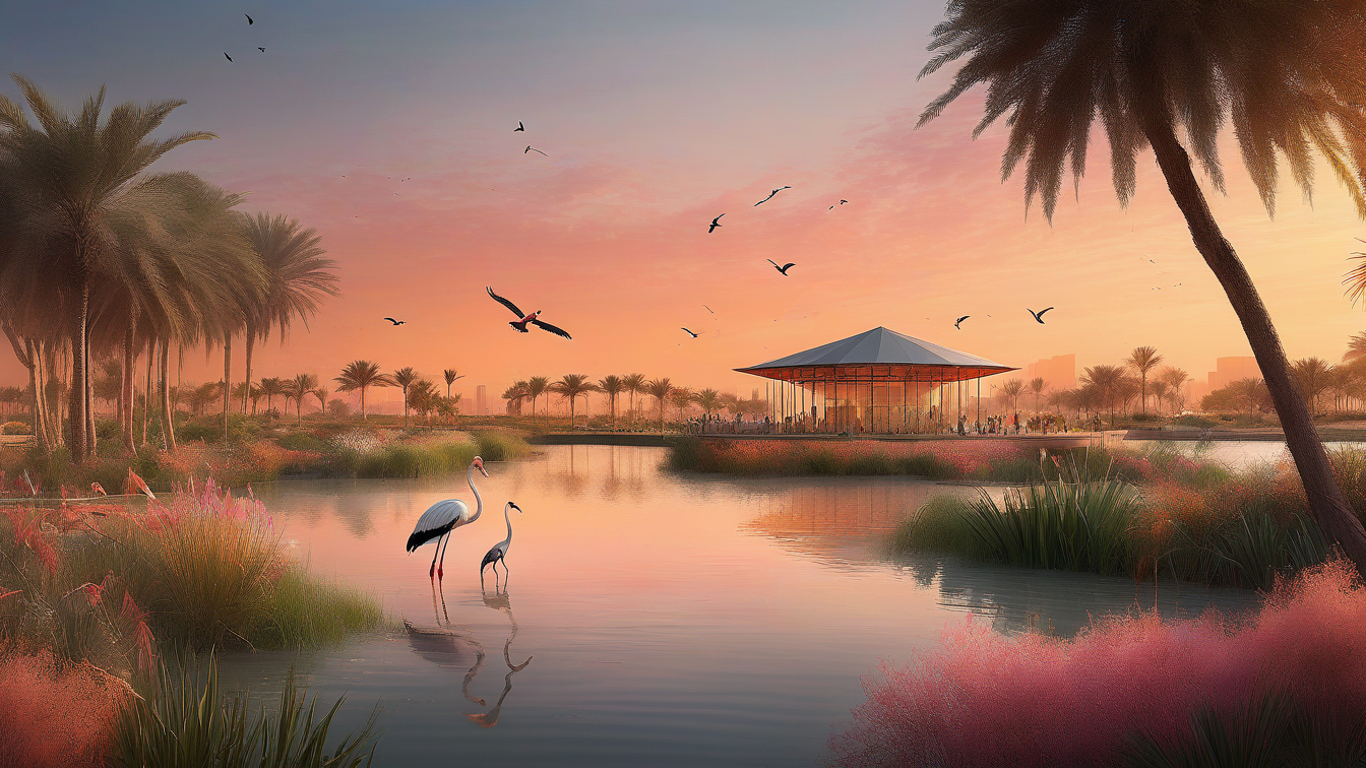
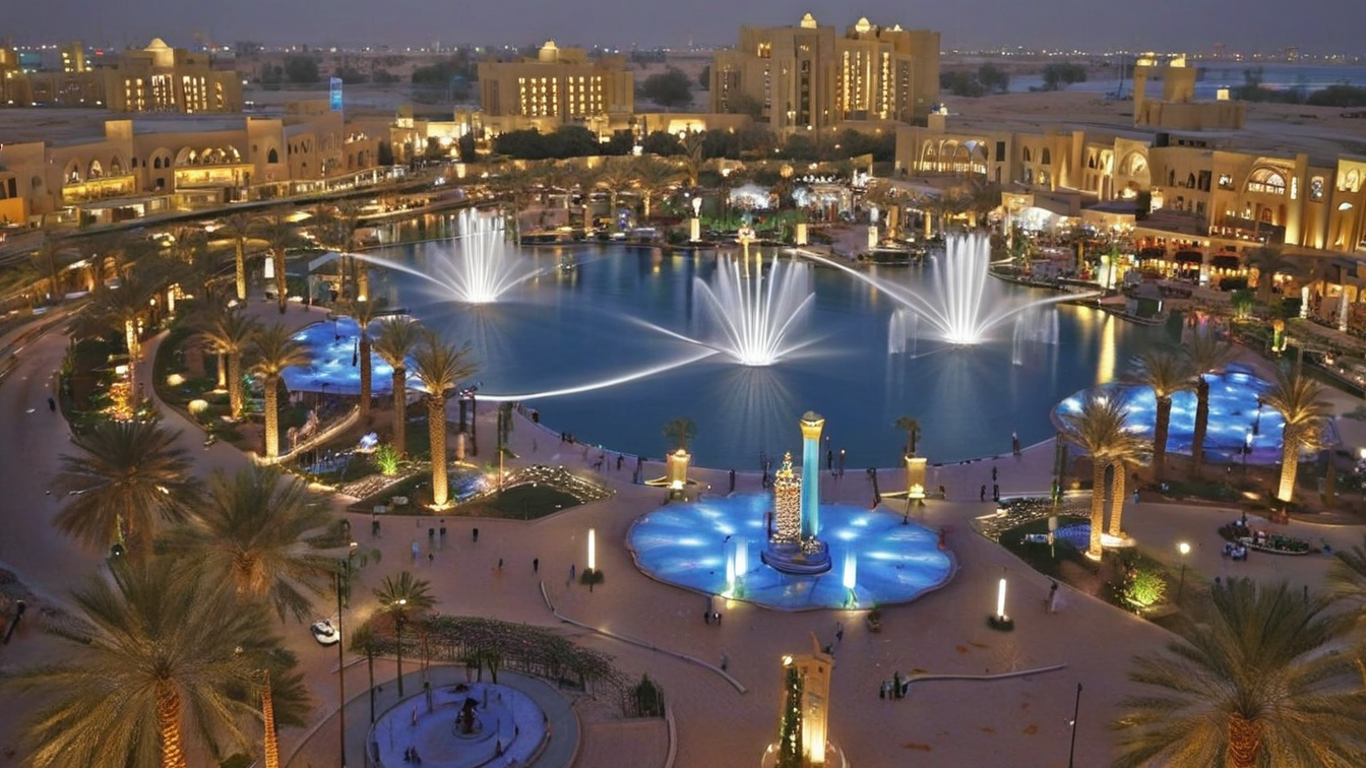
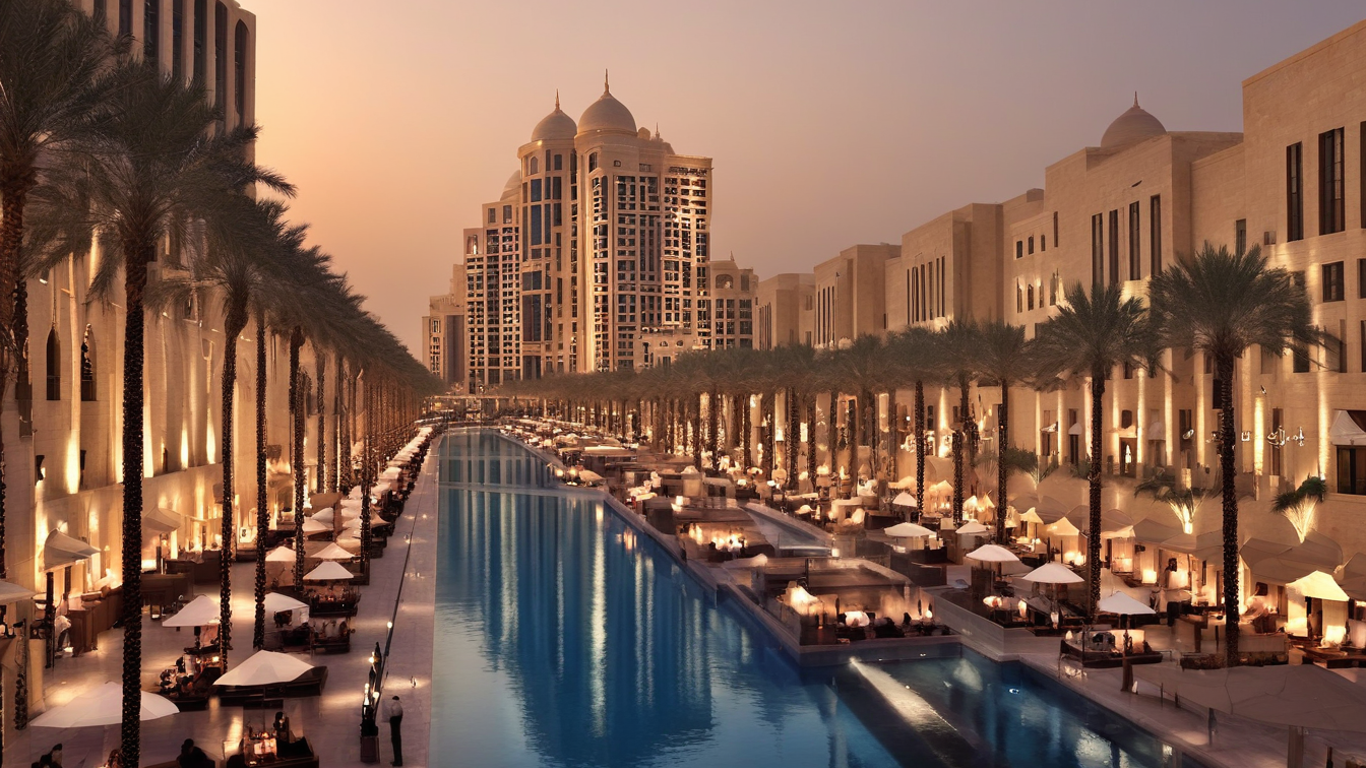
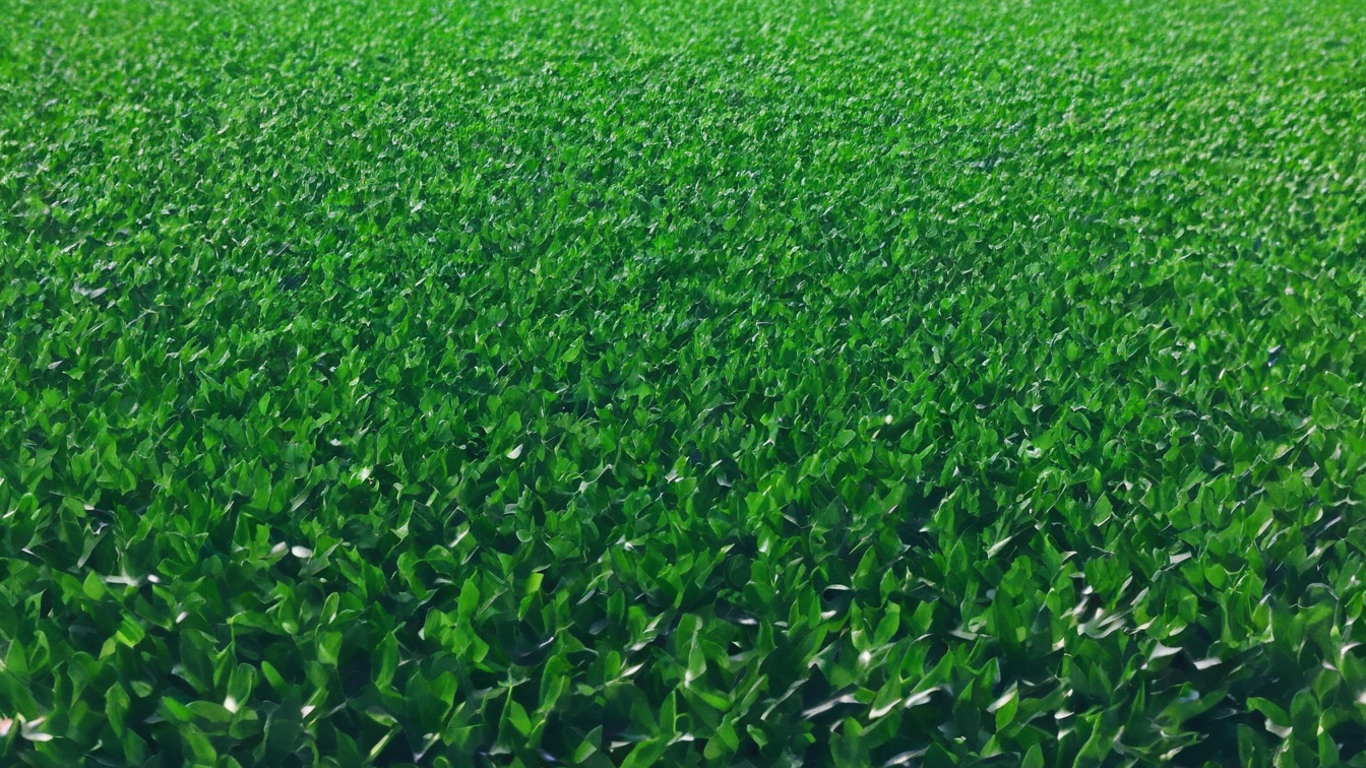
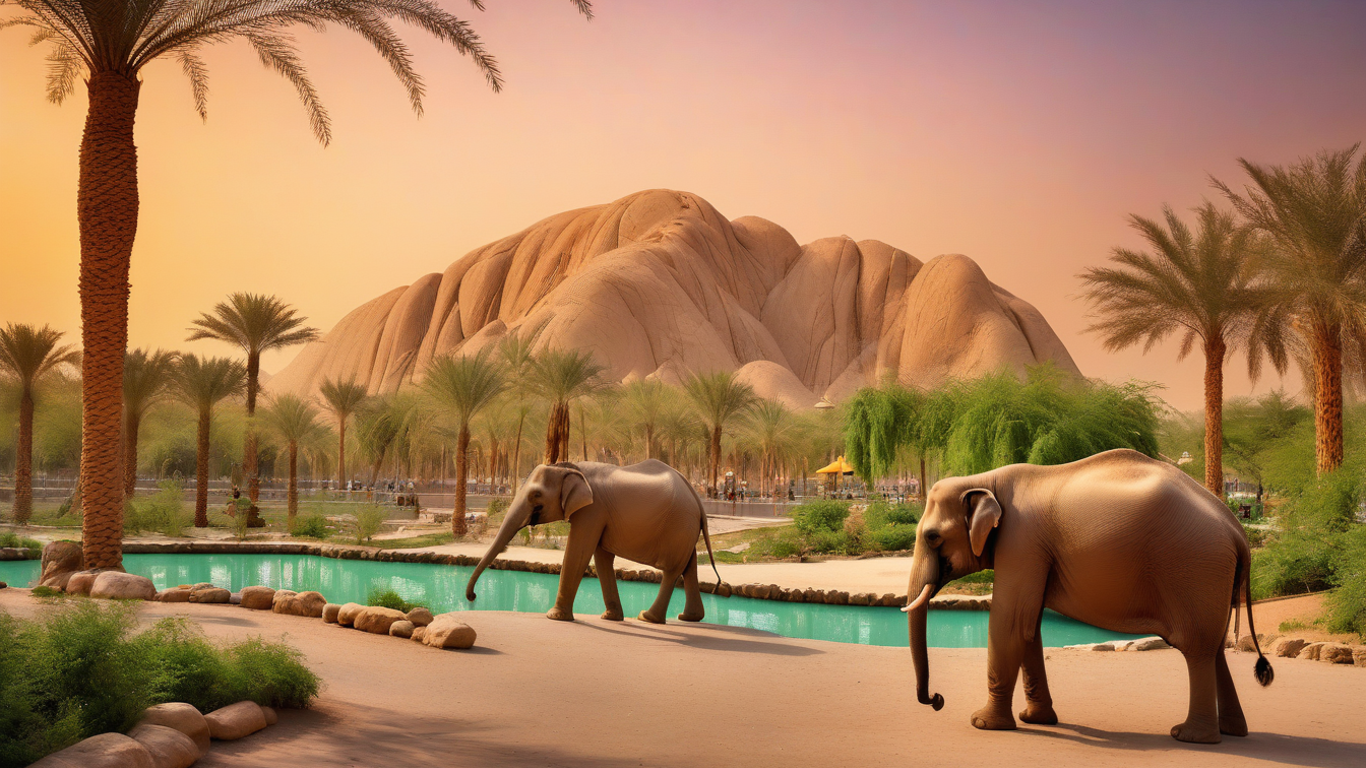

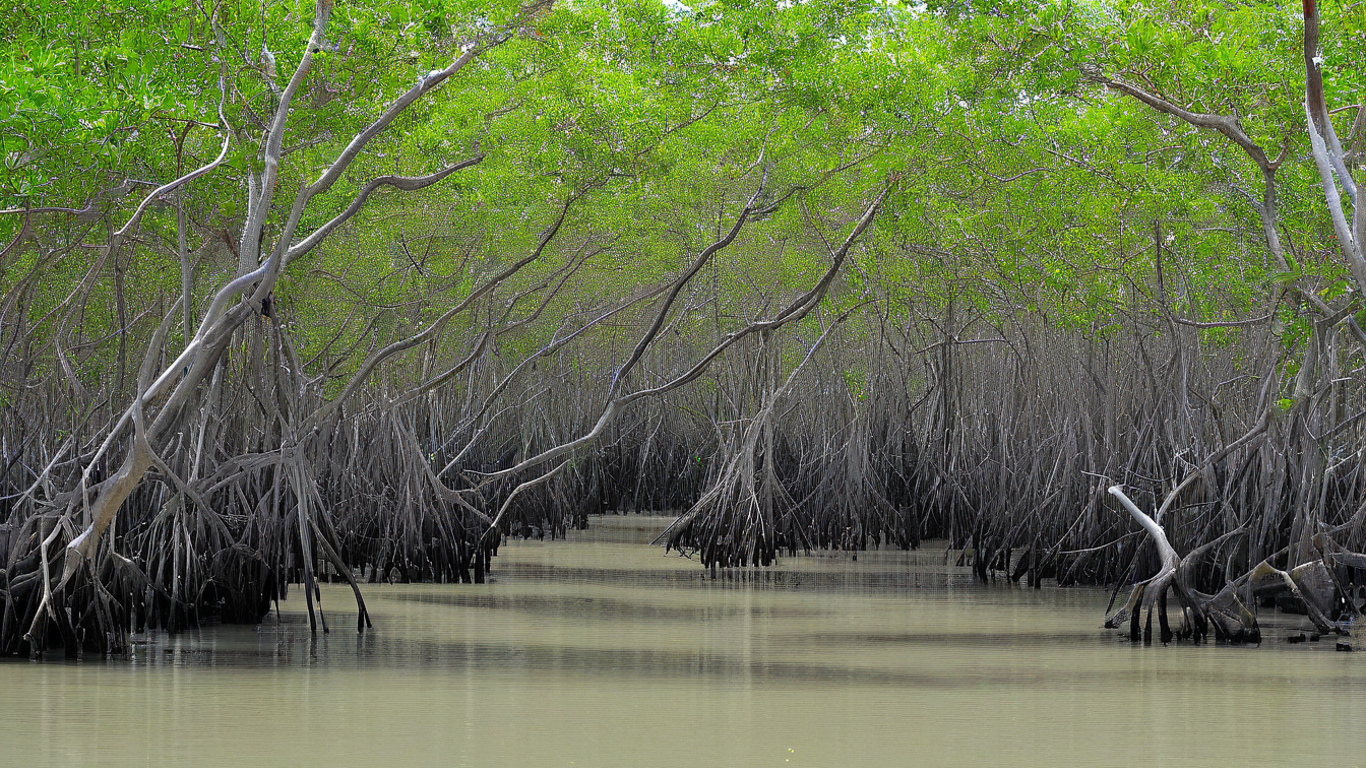




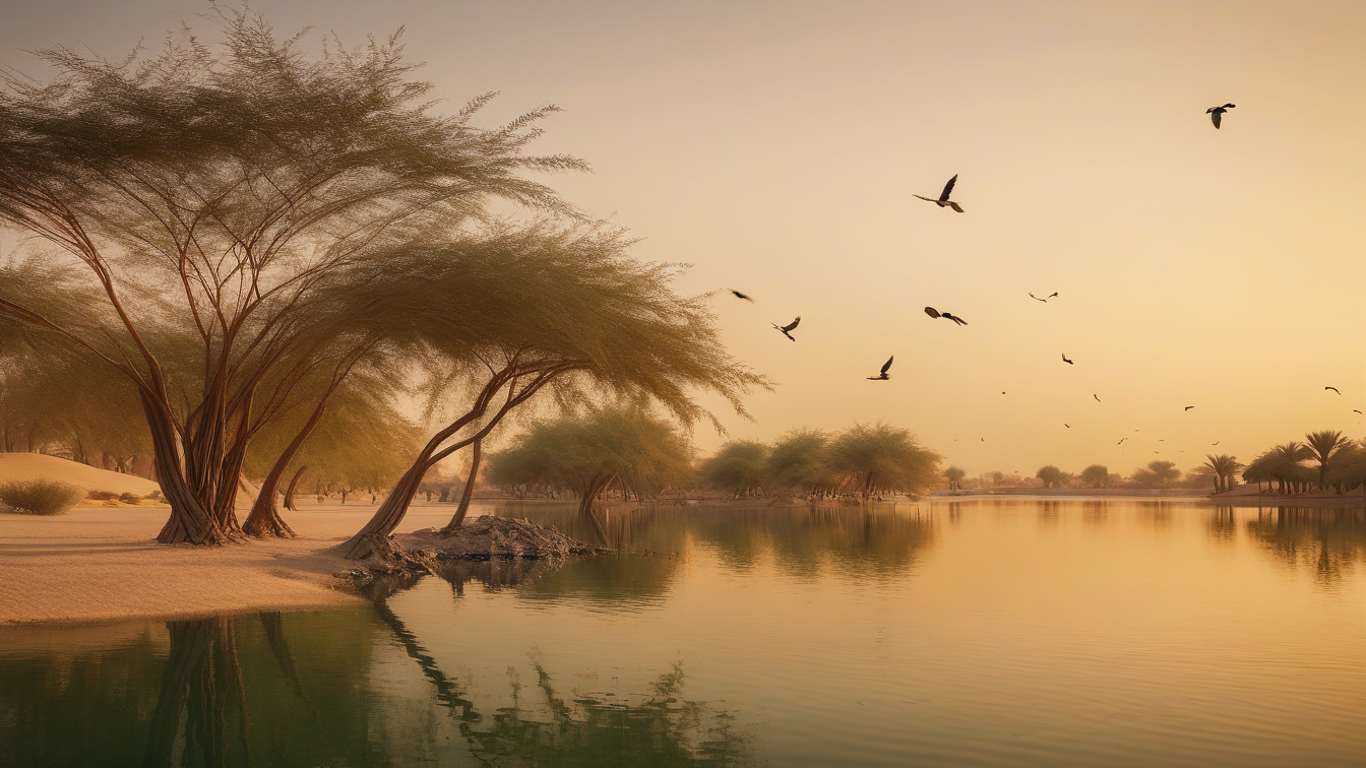

Comments (0)
{{ obj.comment_user_info.fullname }}
{{ obj.date_formatted }}{{ expandedComments[index] ? obj.comment : obj.comment.slice(0, 50) + (obj.comment.length > 50 ? '...' : '') }}
Add Comments
Login to comment